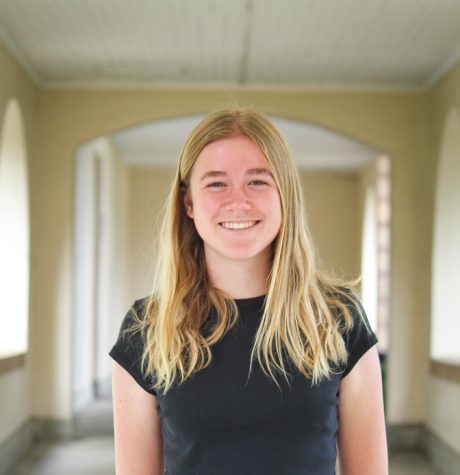Austin on achievement gap: ‘an uphill fight’
September 6, 2020
Despite the Tuesday launch of PAUSD+, the heavily-publicized effort to counter the effects of distance learning by bringing disadvantaged students onto campus in small groups, Palo Alto Unified School District Superintendent Don Austin fears that a widening achievement gap is inevitable.

“Things did not equalize or improve for the most disadvantaged students during the [spring 2020] closure, and anyone who wants to pretend like that’s not true is just not being honest,” Austin said in a virtual meeting with The Paly Voice staff on Aug. 26.
Distance learning presents a new challenge in closing the gap. According to Austin, distance learning works best with a quiet space, stable WiFi, and parents available to support students, which disadvantaged students may be less likely to have access to.
Nonetheless, Austin is determined to put up a fight for disadvantaged students.
“It is not our goal for the achievement gap to grow,” Austin said. “In fact, we’re throwing everything we can at supporting students and trying to get the disadvantaged students … back to campus, but it is an uphill fight.”
PAUSD+
One step the district is taking during distance learning is PAUSD+, a program designed to support students at a higher risk of falling behind. This program not only includes economically disadvantaged students, but also those who are historically underrepresented, without internet access or a proper learning environment and students with language barriers.
According to the PAUSD+ website, the program will not only provide a quiet space with internet access to do work but will also offer additional support to students through PAUSD+ staff. Staff will serve “to redirect attention, keep learners on task, encourage and support as well as serve as a point of contact for concerns at the school level.”
Assistant Principal Jerry Berkson, who is helping coordinate PAUSD+, said the district is planning on holding the program in secondary school libraries starting Tuesday. Upon entry to the program, students will be divided into cohorts with up to 14 students and two adults. Though the district plans on expanding the program in the future, Berkson said it will begin with one cohort composed primarily of 12th graders at risk of not graduating.
Austin is worried that these efforts will not be enough to prevent the achievement gap from widening.
“That [PAUSD+ support] is all important, but the achievement gap?” Austin said. “How could it not grow? It is a fight. It is a fight worth fighting, but I’m super concerned about what it’s going to mean.”
CAASPP Testing
Going into the 2019-20 school year, Austin named the achievement gap as one of his top priorities in the PAUSD Promise. This gap describes the disparity in educational performance between groups of students from different backgrounds.
Though PAUSD students were not able to take the California Assessment of Student Performance and Progress test in the spring due to school closures, data from the 2018-19 test revealed an unmistakable divide.
According to the results, 57.40% of economically disadvantaged students across all grades fell below the grade-level standards for English Language Arts/Literacy, as opposed to the 13.29% of non-economically disadvantaged students who were below the standards. The Mathematics section yielded similar results, with 59.17% of economically disadvantaged students scoring below grade-level, while only 13.08% of non-economically disadvantaged students fell short of the grade-level standards.
These results prompted the district to do a redesign of the middle school math system, including de-laning classes and limiting students from accelerating past their grade level.
However, the key to addressing this disparity is narrowing the gap by fourth grade, according to Austin.
“The rule is if you are at or above grade level in fourth grade when you leave, you will almost for sure remain at or above grade level and in good shape for the rest of your entire schooling career,” Austin said. “If you’re not, every year you don’t get there, it becomes less likely that you’ll ever get there.”
The achievement gap is also present for English learners. CAASPP results showed that 50% of English learners across all grades scored below grade-level requirements, while 14.86% of fluent and proficient English speakers scored below the standards.
According to Austin, this disparity in scores may be attributed to small actions, such as a lack of translation in many district emails.
“In one two week period, our district sent out 300,000 emails,” Austin said. “How many of those were translated? A tiny, tiny fraction, because it’s not required. Only certain documents are required, even if you do hit the threshold. But, does that further disadvantage some families, right out of the chute? Yes.”
Austin also said his experience growing up without an abundance of resources has helped him understand some of the difficulties faced by disadvantaged and English-learning students.
“They [Austin’s parents] weren’t college-educated, and if I wasn’t motivated to get up and do my stuff and had the skills to do it, they wouldn’t have known how to support that,” Austin said. “And I was a native English speaker. So you took my friends, that had those additional pieces, and it only gets harder.”


